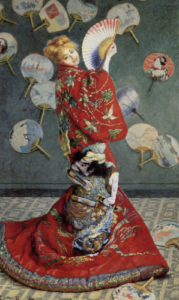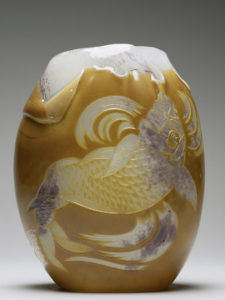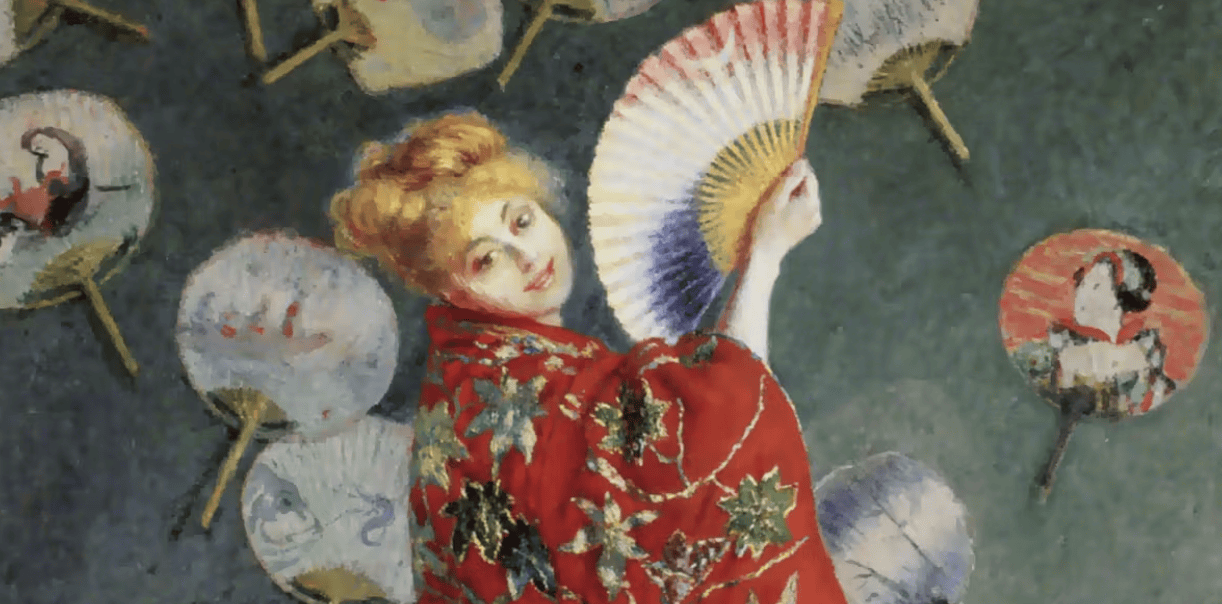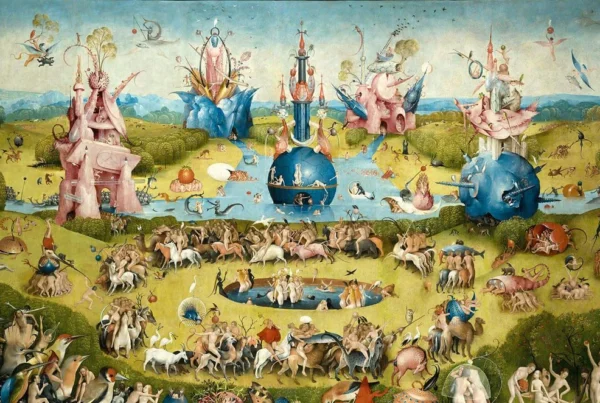Having spent many summers throughout my childhood in Japan, I have always noticed and marveled at how French culture was placed on a pedestal. From French-inspired bakeries and restaurants to random French phrases on T-shirts, the Japanese romanticization of French culture is omnipresent. In Japan, anything French is associated with luxury and refinement.
Since coming to France, I have realized this cultural fascination is reciprocated. The streets of major French cities are lined with ramen and sushi restaurants and Japanese-inspired patisseries and cafes with yuzu, anko, and matcha-flavored creations. Moreover, the widespread obsession with manga and anime and the increasing rates of Japanese language enrollment in French universities showcase the grip of Japanese culture on the French. This obsession with Japan has culminated in events such as this April’s proclamation as “Le Mois du Japon” by the city of Reims.
Being in France has made me further ponder on this phenomenon, leading me to wonder how and why this developed. Much of this relationship is rooted in art and fashion.
When Japan reopened its trading ports to the world in 1853, its exports caught the attention of impressionist artists such as Édouard Manet, Claude Monet, and Paul Gauguin, who incorporated Japanese creative elements into their art. In 1872, critic Philippe Burty coined the term “Japonisme” to describe the popularity of Japanese art and design, which inspired some of France’s biggest aesthetic movements.

Madame Monet en costume japonais by Claude Monet (1872)
Another integral aspect of this shift is the overarching Japanese idea that objects, previously considered solely utilitarian, were art, radically changing how the French viewed art in broader senses beyond the traditional paintings and sculptures. Moreover, the Japonisme movement also contributed to the aesthetic movements of Art Deco and Art Nouveau, further displaying Japan’s artistic impact on France.
 Vase Carpe designed by Eugène Rousseau
Vase Carpe designed by Eugène Rousseau
At the same time, during the early Meiji era, Japanese culture underwent a period of modernization, during which it was very susceptible to Western influence. The French captivated the Japanese through culture, especially with fashion amidst the Japanese government’s efforts to promote Western clothing adoption during this period.
Another wave of the spread of French fashion occurred after World War II, when haute couture house Dior introduced Parisian luxury fashion to the Japanese public, leading to Daimaru (a major Japanese department store) acquiring licensing rights for Dior’s collection. This paved the way for other department stores to buy the rights to manufacture French luxury fashion brands such as Yves Saint Laurent and Pierre Cardin. These Parisian designers inspired many young Japanese designers, such as Rei Kawakubo (founder of Comme des Garçons) and Mitsuhuro Matsuda (founder of Nicole), who mirrored French styles and production techniques.

Designer of Dreams Christian Dior exhibition at the Museum of Modern Art in Tokyo
French brands have also adapted their styles to cater to the Japanese market. A notable example is Louis Vuitton, which has been thriving in Japan since the 1970s with around a 10 percent share of the Japanese luxury market, and Japanese customers making up 88 percent of its $3 billion turnover in 2003. As a result, significant efforts have been made by the brand to strategically target the needs and tastes of its Japanese clientele. This cross-cultural appeal is part of a deeper mutual appreciation between the two nations.
Despite their different cultures, the two countries hold a fascination for each other due to their shared values. Claire Pelier, director of the International School of Manga and Anime in Toulouse, explains, “Despite the fundamental differences between France and Japan, we have a common love for arts, culture, craftsmanship and well-being. It’s paradoxical; there’s both exoticism and shared values…[that] tie our countries together.”
Other posts that may interest you:
- The Trouble with ‘Ecocide’
- Carbon dioxide removal – hit or miss?
- Local Victories for Turkish Opposition — A Sign of Hope?
- A Reflection on Dark Tourism
- Cadavre Exquis : Goodbye stranger
Discover more from The Sundial Press
Subscribe to get the latest posts sent to your email.




